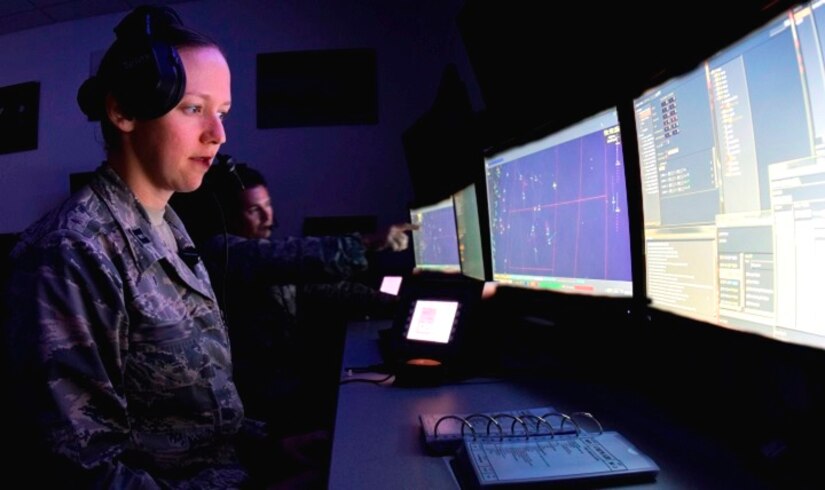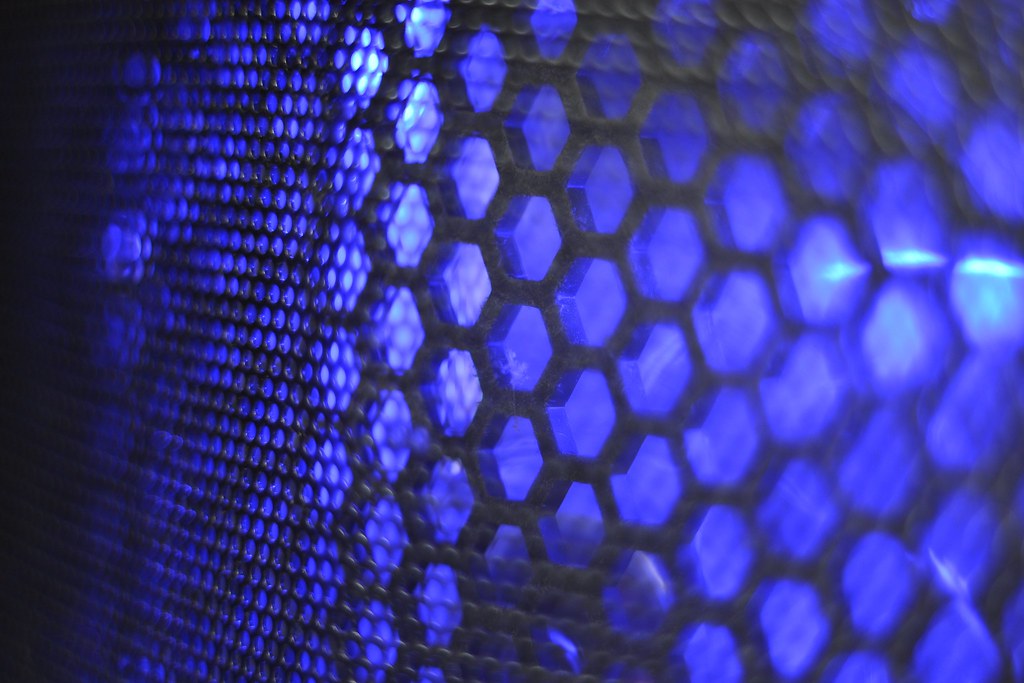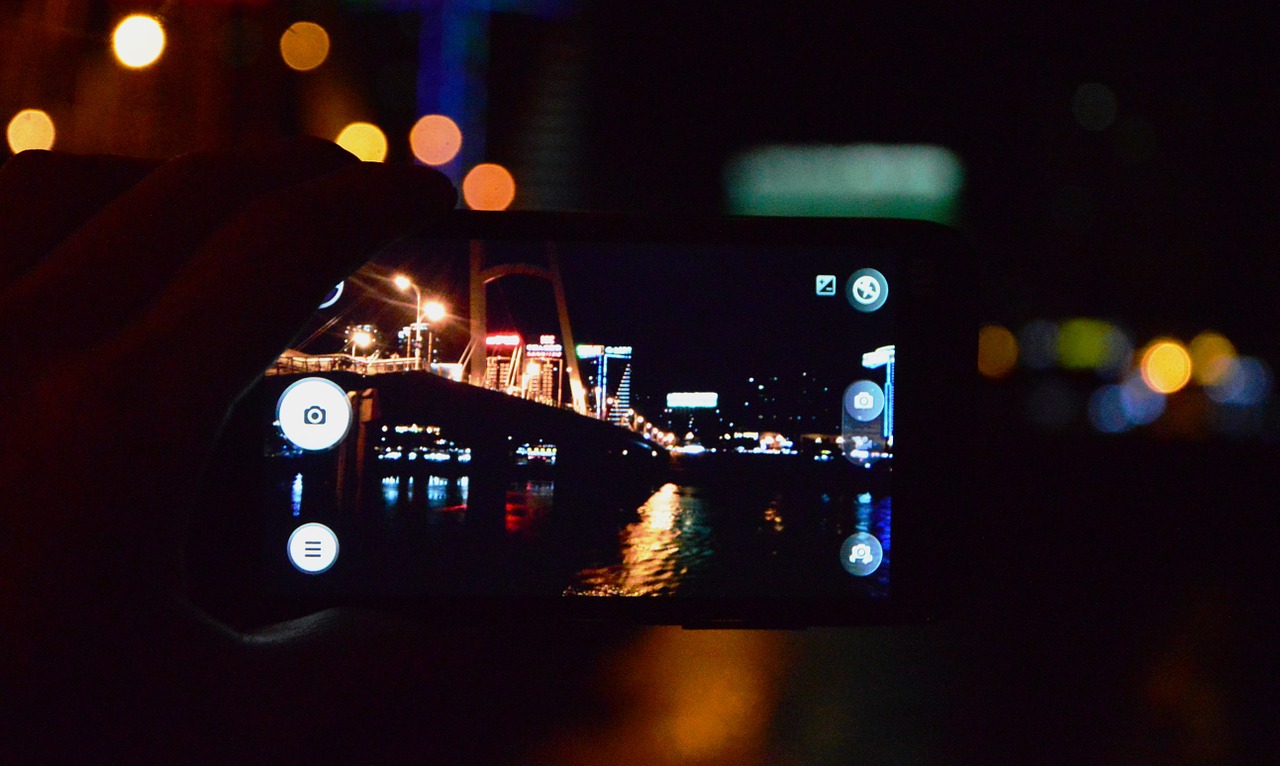Understanding Blue Light and Its Effects
Light is much more complicated than what you might think. All sources of light work by exposing our eyes to a variety of visible and invisible energy. What we see is called the Visible Light Spectrum. Visible light is composed of energy with wavelengths from roughly 380–700 nanometers.
Energy with shorter wavelengths are called Ultra-Violet (UV) and energy with longer wavelengths are known as Infra-Red (IR).

What Is Blue Light?
Blue Light is a subsection of Visible Light ranging from 380–500 nanometers. This is the shortest wavelength of visible light, but it has the highest energy levels. This is why Blue Light is sometimes referred to as "High Energy Visible" or HEV light.

Key Points About HEV
Like all energy, High Energy Visible light has both benefits and dangers.
Blue light is everywhere
Sunlight is the main source of High Energy Visible light, and it is where we get most of our exposure to it. But there are also many man-made sources of HEV light, including fluorescent lighting and flat-screen televisions.
Most notably, the display screens of digital devices emit significant amounts of HEV. The amount of HEV light these devices emit is only a fraction of that emitted by the sun, but the amount of time people spend using these devices has many eye doctors and other health care professionals concerned about possible long-term effects of HEV on eye health.
The eye is not very good at blocking HEV
The structures of the adult human eye (the cornea and lens) are very effective at blocking UV rays from reaching the light-sensitive retina at the back of the eyeball. On the other hand, virtually all High Energy Visible light passes through the cornea and lens and reaches the retina. Blue Light filters such as our unique Blue Blockers help keep the HEV from even getting to the eye.

What is good about HEV?
HEV has many positive effects on the human body. It helps regulate the circadian rhythm, slows the release of melatonin (boosting alertness), helps with memory and cognitive function, and elevating mood. In fact many people with Seasonal Affective Disorder and other similar conditions, obtain relief with Light Therapy utilizing extra HEV exposure.
But too much of a GOOD thing can be BAD
The amount of HEV we would get from spending 3-6 hours per day in the sunlight is probably optimal. The artificial light and increased exposure can cause negative effects.
Many people, especially children, spend a significant amount of time looking at phones, tablets or watching LED TV's before bed. At this time in the evening, the body's circadian rhythm should be preparing itself for sleep. It starts to release extra melatonin, a natural relaxing/sleep hormone. Reduced melatonin production secondary HEV exposure is a significant factor in difficulty sleeping, or getting a restful night's sleep. If you ever wonder why your kids are having trouble sleeping at night, consider the timing and amount of digital device time they get.
Poor quality and quantity of sleep also brings with it day time fatigue, increased risk of obesity, diabetes, heart disease and depression.
Additionally there is ongoing research about the effects of nighttime HEV exposure and certain types of cancers.

So why are digital devices so bad?
In addition to the increased time and exposure, the quality of HEV is different between natural and artificial sources. Natural sunlight has its energy distributed evenly over the full range of visible light. LED lights from TV's, phones, tablets, computers and compact fluorescent light bulbs are more vivid due to their uneven distribution. They tend to peak in certain areas with their largest peak around the 430–455 nanometer wavelength.
This uneven distribution is unnatural to the human body and tends to highlight the bad properties of HEV, while minimizing the good.
How does Blue Light affect my eyes?
HEV (as well as UV energy) can be particularly damaging to the vital macular photoreceptors. Much of the UV is blocked by the front structures of the eye, but not the HEV light. Even clear eyeglass lenses block almost all UV from even getting to the eye. Even with this reduced penetration, we know that UV exposure is the 2nd strongest risk factor for Age Related Macular Degeneration (ARMD), behind only smoking.
With the relatively short time that we have seen a growth in the use of LED lights, it is too early to see the long term effect on our eyes, however the potential to see a dramatic increase in the incidence and severity of ARMD certainly exists. Early laboratory studies are proving this to be true.
In fact, studies are showing that the most damaging wavelength of light to the retina, centers just around 445 nanometers, which is the greatest peak in wavelength of LED devices. Our Blue Blocker lenses filter this specific wavelength.
Although more research is needed to determine how much natural and man-made HEV is "too much blue light" for the retina, many eye care providers are concerned that the added HEV exposure from computer screens, smartphones and other digital devices might increase a person's risk of macular degeneration later in life.

Blue light also contributes to digital eye strain
Because short-wavelength, high energy blue light scatters more easily than other visible light, it is not as easily focused. When you're looking at computer screens and other digital devices that emit significant amounts of blue light, this unfocused visual "noise" reduces contrast and can contribute to digital eye strain.
Research has shown that lenses that block blue light with wavelengths less than 450 nanometers increase contrast significantly. Our Blue Blockers can easily reduce this strain and increase contrast.
How can you protect yourself?
Reducing your exposure to HEV emitting sources is the key to help protect yourself from the harmful effects. Especially important are the artificial sources. We can achieve this with:
Reduced screen time
A good recommendation on the amount of screen time is around 2 hours a day at a maximum. Try to break that up to periods of no more than 30 minutes at a time. This can significantly reduce eyestrain and the potential damaging effects to the retina. In addition, avoid exposure in the hours before bedtime for improved sleep patterns.
Physical device filters
A number of manufacturers make filters that attach directly to your devices. These filter out the harmful HEV, while allowing other light to pass to your eyes. In addition to protecting your eyes, they can also protect your screen from scratches and other damage.
Software filters
For smartphones and tablets, there are a number of apps that will filter out the more intense HEV. These protect your eyes and increase contrast to lessen the negative effects on Circadian rhythm.
Eyeglass lenses
HEV filters are becoming more common on eyeglass lenses. Applied as a coating (much the same way as Anti-Reflective or UV coatings are) these lenses filter out the excessive HEV, helping to reduce the negative impacts from increased exposure. These can be used in single vision lenses, progressive lenses or even lenses with no prescription. At Payne Glasses, we make protecting yourself from damaging HEV a very affordable option with our unique Blue Blocker technology.

In Summary
We have always exposed ourselves to HEV, but over the past decade we have increased our exposure to HEV. With that can come sleep problems, obesity, depression, vascular disease and certainly increased risk of ocular problems, most significantly Age Related Macular Degeneration. Following the simple guidelines above, with Blue Blocker lenses from Payne Glasses, can have both an immediate and long lasting impact on the quality of life for many people.


